Solid wood and color: the winning combo
In recent years, offices, hotels, restaurants and coworking spaces have been rediscovering the virtues of solid wood furniture combined with a carefully orchestrated color palette. This approach radically transforms the user experience, creating environments that are both professional and human.
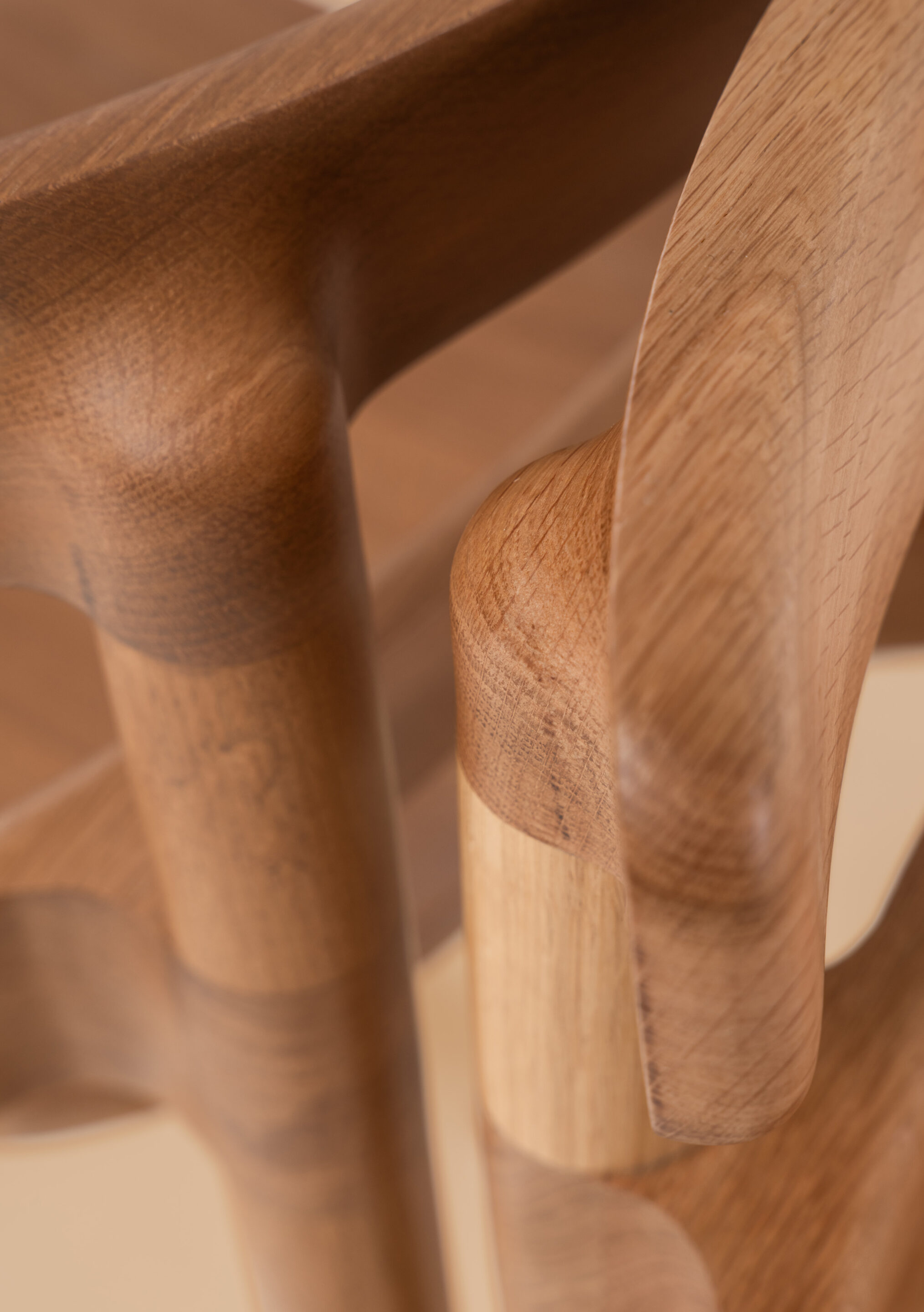
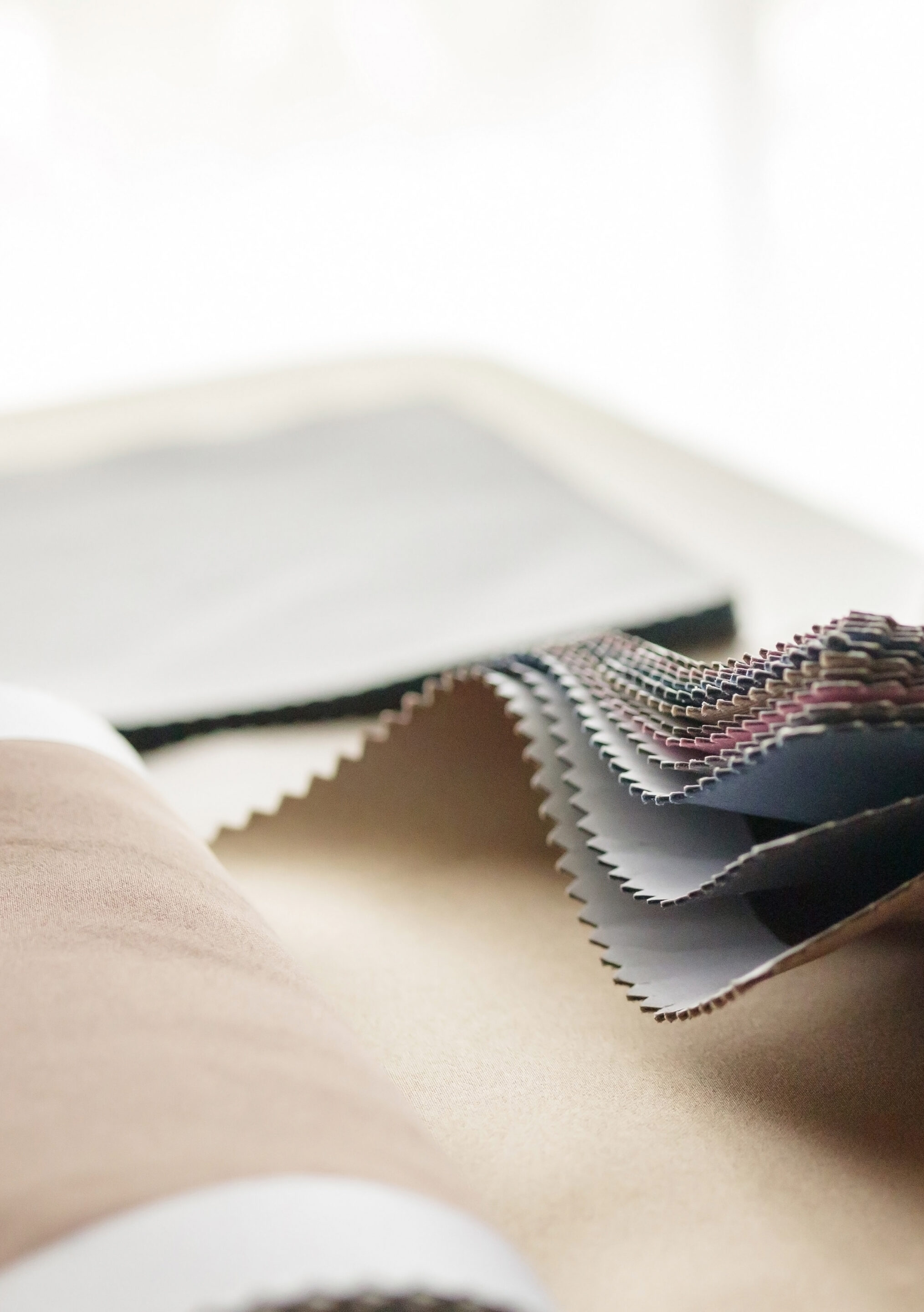
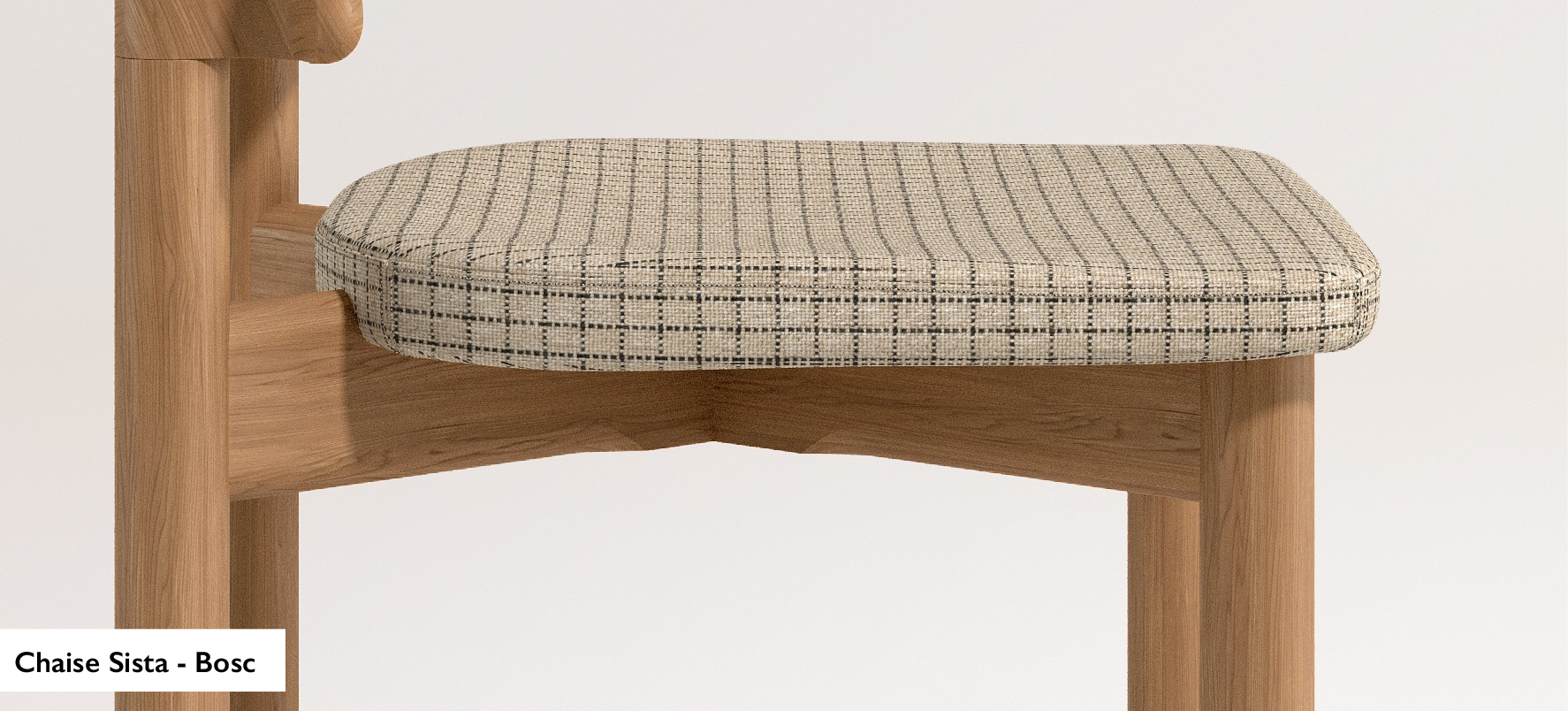
A signature of excellence in the hotel and restaurant business
In recent years, the hotel industry has realized that authenticity has become a major criterion of choice. Solid wood furniture embodies this quest for authenticity, while meeting the sector’s durability requirements. A bar-restaurant area designed and furnished in solid oak immediately creates an impression of status, conviviality, reassurance and permanence. The whole unit is perfectly resistant to the intensive use typical of hotel establishments. Unlike composite materials, which degrade rapidly under the pressure of daily use, solid wood develops a patina that enriches its character. This natural evolution becomes an economic advantage: the furniture ages well and retains its aesthetic value over time.
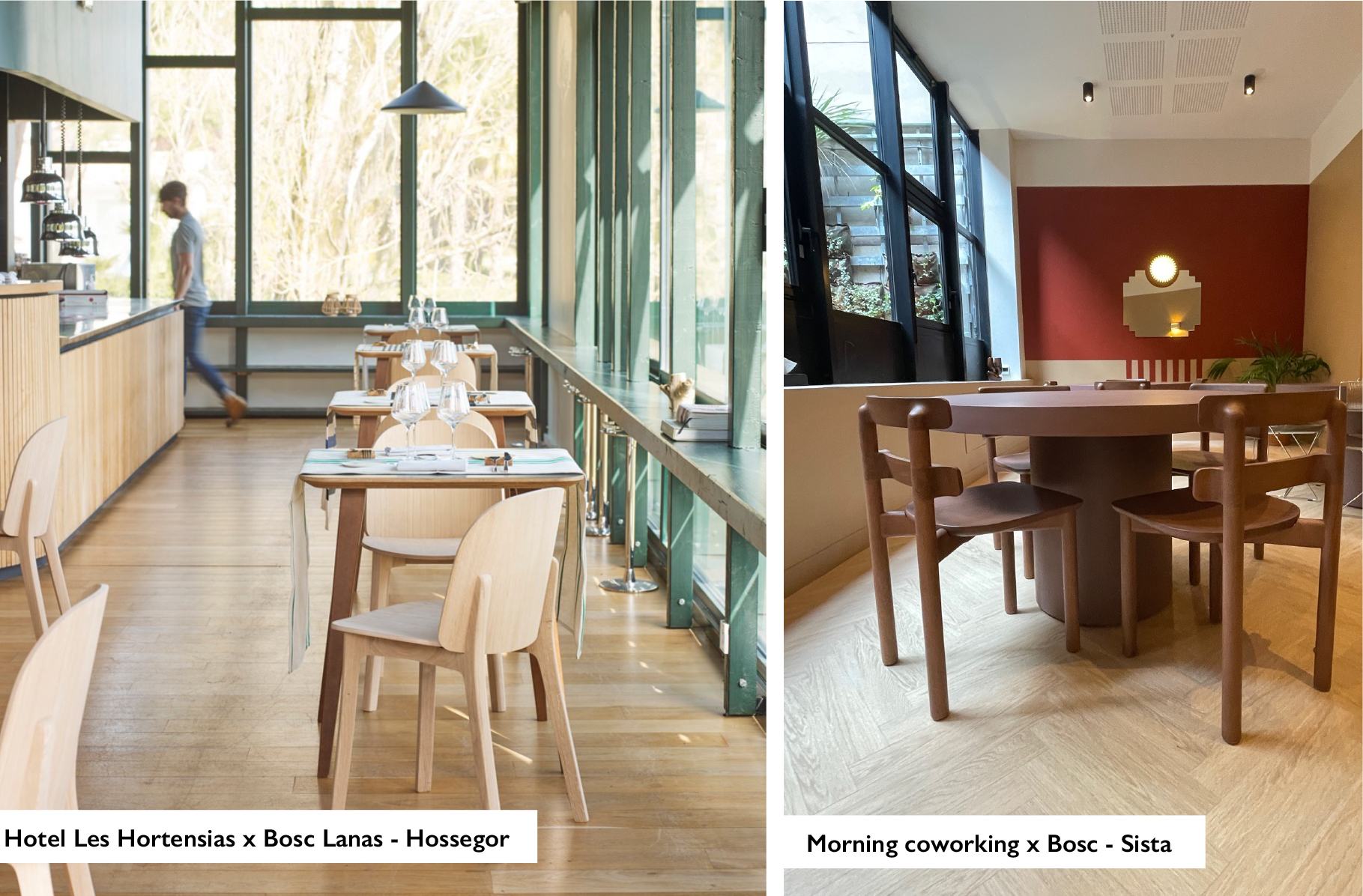
Whenwood humanizes work
In contemporary offices, solid wood is revolutionizing the approach to workspaces. Gone are the days of cold, standardized furniture: companies are investing in authentic wood pieces that reflect their values and attract talent. A meeting table in solid ash, desks in oak or bookcases in walnut transform the professional environment into an inspiring space.
This trend can be explained by the realization that the working environment has a direct influence on productivity and employee well-being. The warm, natural feel of wood creates a soothing atmosphere that encourages concentration and creativity. Coworking spaces have understood this well, adopting this aesthetic on a massive scale to differentiate themselves.
The psychological impact of natural materials
Research into environmental psychology demonstrates the positive impact of natural materials on well-being and performance. In an open space furnished with solid wood, employees say they are less stressed and more creative. In a hotel, the presence of authentic materials has a positive influence on the perception of service quality. This psychological dimension explains why major hotel chains are increasingly investing in solid wood furniture. Beyond its aesthetic appeal, it is a real tool for building customer loyalty, justifying the higher initial investment compared with industrial alternatives.
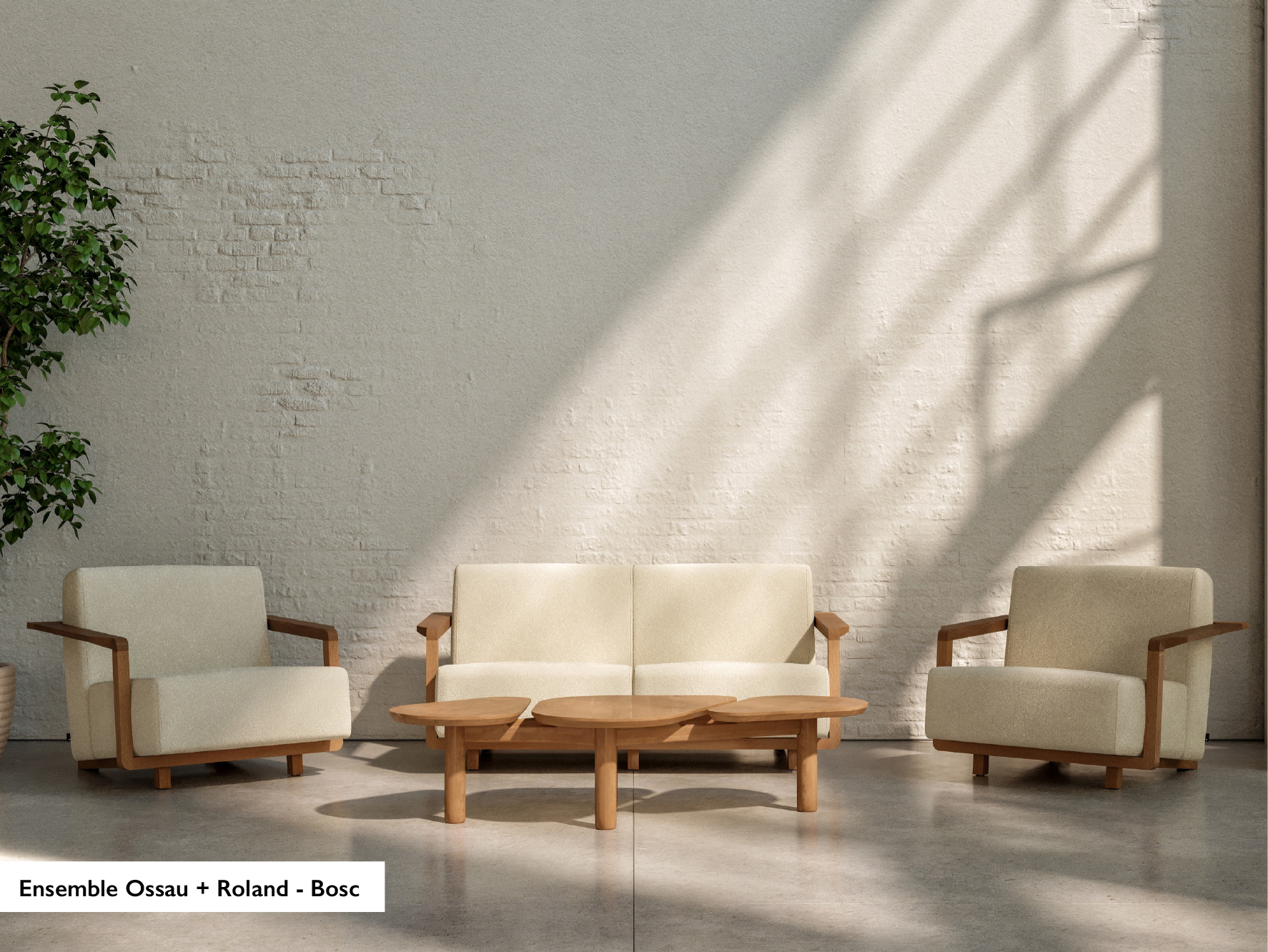
The art of color in professional spaces
In the tertiary and hotel sectors, color becomes a subtle but powerful communication tool. It must both reflect brand identity and create an atmosphere conducive to activity in the space. Neutral shades – linen beiges, pearl greys, off-whites – form a soothing base that enhances the natural beauty of solid wood. Excellence lies in the art of punctuating this neutral base with strategically placed color accents. A hotel’s graphic identity can be expressed through textiles in more distinctive colors: midnight blue cushions in the lobby, terracotta curtains in the guest rooms, sage green carpets in the relaxation areas. This chromatic coherence reinforces visual identity while creating an immersive experience.
In reception areas, color balance becomes a high-flying exercise. It’s important to create an atmosphere that’s welcoming without becoming familiar, professional without being cold, memorable without being ostentatious. Solid wood, with its natural palette of warm tones, facilitates this delicate balance. Textiles can then be used to refine the ambience according to the function of each space. A waiting area will favor soothing tones – soft blues, tender greens – while a creative space may dare brighter accents – energizing oranges, stimulating reds – always in harmony with the wood base.

Sustainability and brand image
In a context where environmental responsibility and a certain form of economic patriotism are becoming criteria of choice for consumers and employees alike, opting for solid wood furniture made in France and sourced from sustainably managed French forests strengthens brand image. This approach resonates particularly in the high-end hotel sector, where customers are sensitive to ecological values. Companies are also using this approach to attract and retain talent, especially the younger generation who are particularly concerned about the environment. An office fitted out with authentic, sustainable furniture becomes a recruitment argument and a source of pride in belonging.
What’s more, the exceptional durability of solid wood reduces replacement costs, while its ability to age gracefully preserves the aesthetic value of spaces. This qualitative approach has a direct impact on pricing. A hotel or restaurant furnished with authenticity can legitimately charge higher rates, as customers naturally associate the quality of the furniture with that of the service.
Towards a new definition of premium
The combination of solid wood and a thoughtful color palette redefines the codes of high-end commercial and hotel spaces, which no longer reside in ostentation, but in authenticity, durability and the well-being inspired by the environment. This evolution fundamentally transforms the user experience, whether an employee in an office or a guest in a hotel. Space becomes a showcase that enhances human activity rather than a mere functional container, creating the conditions for a memorable and differentiating experience.
